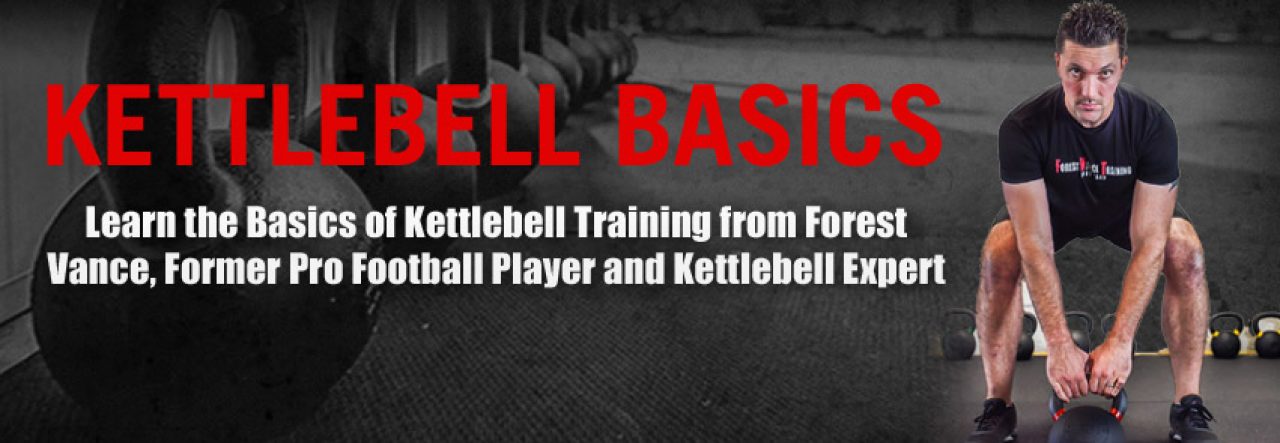
Sore wrists – especially when you’re first learning how to train with kettlebells – is an unfortunate fact of life. However, if you slowly increase the volume and intensity of your workouts and you take the time to learn great form from the beginning, you can keep the wrist pain and bruising to a minimum.
Here are a few tips to help you save your wrists and forearms in your kettlebell training:
1. Slowly increase the intensity and volume of your workouts
I know it’s tempting to try all kinds of crazy moves with your new kettlebell (because I’ve made that mistake myself), but if you’re looking to save your wrists and forearms, slowly ramp up the intensity and volume of your workouts. Don’t do 100 Cleans the first day you learn them. Do just a few reps of a new exercise each day when you’re first learning it – your form will improve fast, your wrists will get conditioned, and you’ll stay relatively pain free.
2. Perfect your technique
The kettlebell exercises where you have the highest chance of bruising your wrists are the ones where the ‘bell flips over your hand and/or rests on your wrists – like Cleans, Snatches, Presses, and Get Ups.
And as your form gets better, you’ll be able to more smoothly get the kettlebell around your wrist, as well as sit the KB more comfortably in the crook of and/or on the side of the arm.
This video gives a couple of good tips on improving your Clean form – which should go a long way in helping you prevent from bruising up your wrists:
3. Bring your hand and forearm to the ‘bell (instead of the other way around)
The goal on the Snatch is to get the ‘bell to almost float in the air and then quickly bring the hand around and meet it in the air to lessen the impact.
The same goes for the Clean – you want to think about bringing your hand to the kettlebell instead of just letting it come around and plop down on your arm.
4. Loosen your grip
You want to grip the kettlebell just hard enough on the Clean and the Snatch. The tendency when you’re learning the move is to squeeze the hell of the handle as it comes around your wrist to slow it down; but this in fact increases the impact. Loosen your grip a bit and see if you lessen the impact of the ‘bell on these exercises.
In summary, a little forearm pain and bruising is inevitable when you’re first learning how to train with kettlebells, but these tips will help you keep it to a minimum. Keep training hard!
Forest Vance, RKC
P.S. I’m currently putting together a monthly kettlebell workout membership program and, since you’re a reader of this blog, I wanted to make sure you’re the first to know. Membership to the program will feature a new kettlebell workout every month, including detailed video instruction, a printable workout manual detailing the workout, how to do all the exercises in it, tips to get the most from it, and much more. Stay tuned for more details soon … and get first news of when the program opens by signing up for my weekly newsletter if you haven’t yet!!

Hi,
I’ve been training with a 16 kilo KB for a month and am seeing much improvement in endurance and strength. Your tips are excellent.
I’m up to 120-150 swings in 5-6 sets (around 20-35 swings each set).
My main problem is breathing. After a while I seem to be losing my breath, especially if I swing a bit faster.
Assuming I breath in on the way down and breath out on the way up, what’s better to do? To count? To grunt? Or just breath out?
Thanks.
That’s awesome David – thanks. Sounds like you’re making some great progress.
Breathing can be a problem with those high rep sets – I assume you mean losing your breath as in you can’t keep the same cadence/rythm – I think more than anything it’s just a matter of keeping focused and being disciplined about breathing the same way as you fatigue.
Hope that helps!
Hi! I’m finding my wrists are getting bruised just from the pressure of the kettlebells themselves – not really from being “banged” against (my cleans, etc are pretty good). I may or may not have ultra tiny feminine wrists 😉
Should I get some wrist bands on something? Is this common? Thanks!
-Teralee
Hi Teralee –
This seems to be a problem I see with my clients as well – a couple things that help:
-Doing more TGU’s to ‘condition your wrists’
-Get some simple sweatbands/wristbands
Honestly, the longer you train with kettlebells, the more you’ll find your wrists just adapt and the pain is a lot less.
Hope that helps
Forest